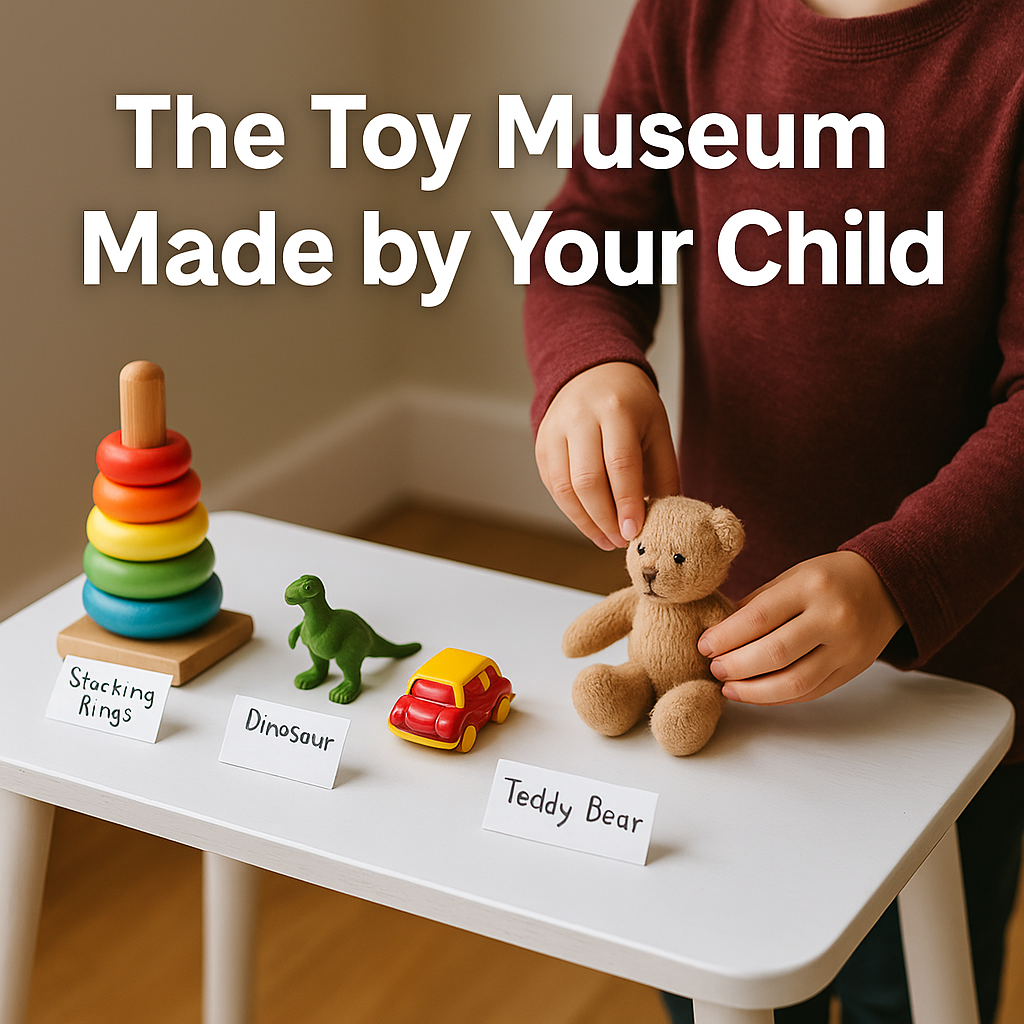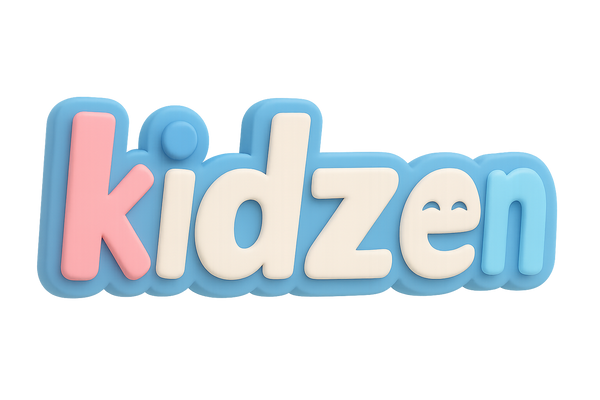
The Toy Museum Made by Your Child
Share
Introduction
Every toy tells a story. A worn-out teddy bear may whisper tales of comfort, while a pile of colorful blocks recalls afternoons of imagination and laughter. What if these stories could be displayed like treasures in a museum? Creating a “Toy Museum” at home is not only a fun project but also a powerful way to celebrate your child’s growth, creativity, and sense of ownership.
Why a Toy Museum?
-
Memory Keeper: Children often attach emotions to their toys. According to research in Child Development (Winnicott, 1971), transitional objects like stuffed animals provide emotional security. Displaying these toys reinforces their importance.
-
Encouraging Autonomy: When kids decide which toys to “curate,” they practice choice-making and responsibility.
-
Boosting Creativity: Turning playthings into exhibits sparks storytelling, role-play, and even early interest in history or art.
How to Create a Toy Museum
-
Choose the Curator
Let your child take the lead—this is their museum. Guide them in selecting 5–10 toys that feel special. -
Design the Exhibit
Use simple shelves, tables, or even boxes. Add labels like “My First Puzzle” or “The Bear That Traveled with Me.” -
Tell the Story
Encourage your child to explain why each toy is important. This enhances narrative skills and self-expression. -
Invite Visitors
Parents, siblings, or friends can “tour” the museum. Children beam with pride when others appreciate their creations.
Developmental Benefits
A 2018 study in Journal of Early Childhood Research found that children who engaged in imaginative role-play (such as creating exhibits or stories) showed stronger language development and emotional regulation. A toy museum fosters exactly this kind of play while also nurturing self-esteem.
Tips for Parents
-
Rotate exhibits regularly to keep the museum fresh.
-
Incorporate art—drawings or photos of the toys—to make it even more creative.
-
Take pictures of each exhibit to create a digital archive.
Conclusion
A toy museum is more than shelves filled with objects—it’s a gallery of your child’s memories, milestones, and imagination. By curating their own collection, children learn to value their experiences and see themselves as storytellers of their own lives.
